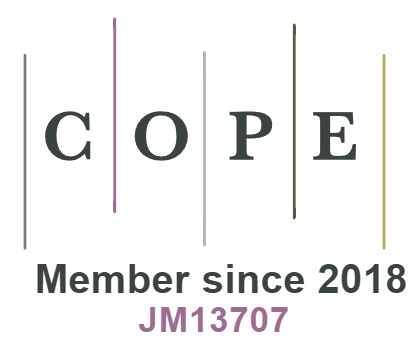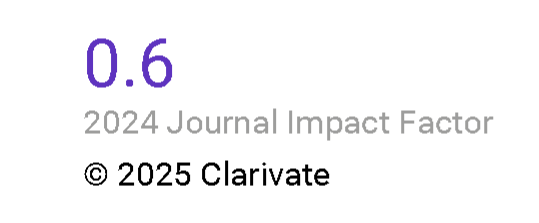Some Algebraic and Algorithmic Problems in Acoustocerebrography
DOI:
https://doi.org/10.18778/0138-0680.45.3.4.07Keywords:
ACG, Acoustocerebrography, Stroke, Brain Monitoring, Neurology, Signal processing, multispectral signal decomposition, matrix condition, error estimation, phase unwindingAbstract
Progress in the medical diagnostic is relentlessly pushing the measurement technology as well with its intertwined mathematical models and solutions. Mathematics has applications to many problems that are vital to human health but not for all. In this article we describe how the mathematics of acoustocerebrography has become one of the most important applications of mathematics to the problems of brain monitoring as well we will show some algebraic problems which still have to be solved. Acoustocerebrography ([4, 1]) is a set of techniques of visualizing the state of (human) brain tissue and its changes with use of ultrasounds, which mainly rely on a relation between the tissue density and speed of propagation for ultrasound waves in this medium. Propagation speed or, equivalently, times of arriving for an ultrasound pulse, can be inferred from phase relations for various frequencies. Since, due to Kramers-Kronig relations, the propagation speeds depend significantly on the frequency of investigated waves, we consider multispectral wave packages of the form W (n) = ∑Hh=1 Ah · sin(2π ·fh · n/F + ψh), n = 0, . . . , N – 1 with appropriately chosen frequencies fh, h = 1, . . . ,H, amplifications Ah, h = 1, . . . ,H, start phases ψh, h = 1, . . . , H and sampling frequency F. In this paper we show some problems of algebraic and, to some extend, algorithmic nature which raise up in this topic. Like, for instance, the influence of relations between the signal length and frequency values on the error on estimated phases or on neutralizing alien frequencies. Another problem is finding appropriate initial phases for avoiding improper distributions of peaks in the resulting signal or finding a stable algorithm of phase unwinding which is resistant to sudden random disruptions.
References
[1] M. Bogdan, et al., Computer Aided Multispectral Ultrasound Diagnostics Brain Health Monitoring System Based on Acoustocerebrography, XIV Mediterranean Conference on Medical and Biological Engineering and Computing 2016, IFMBE Proceedings Volume 57.
Google Scholar
[2] M. O’Donnel, E. T. Jayess and J. G. Miller, Kramers-Kronig relationship between ultrasonic attenuation and phase velocity, J. Acoust. Soc. Am. 69(3), March 1981.
Google Scholar
[3] J. Stoer, R. Bulirsch, Introduction to Numerical Analysis, Springer Science & Business Media, March 20.
Google Scholar
[4] M. Wrobel, et al., On ultrasound classification of stroke risk factors from randomly chosen respondents using non-invasive multispectral ultrasonic brain measurements and adaptive profiles, Biocybern Biomed Eng (2015), http://dx.doi.org/10.1016/j.bbe.2015.10.004
Google Scholar
Downloads
Published
How to Cite
Issue
Section
License
Copyright (c) 2016 © Copyright by Authors, Łódź 2016; © Copyright for this edition by Uniwersytet Łódzki, Łódź 2016

This work is licensed under a Creative Commons Attribution-NonCommercial-NoDerivatives 4.0 International License.















